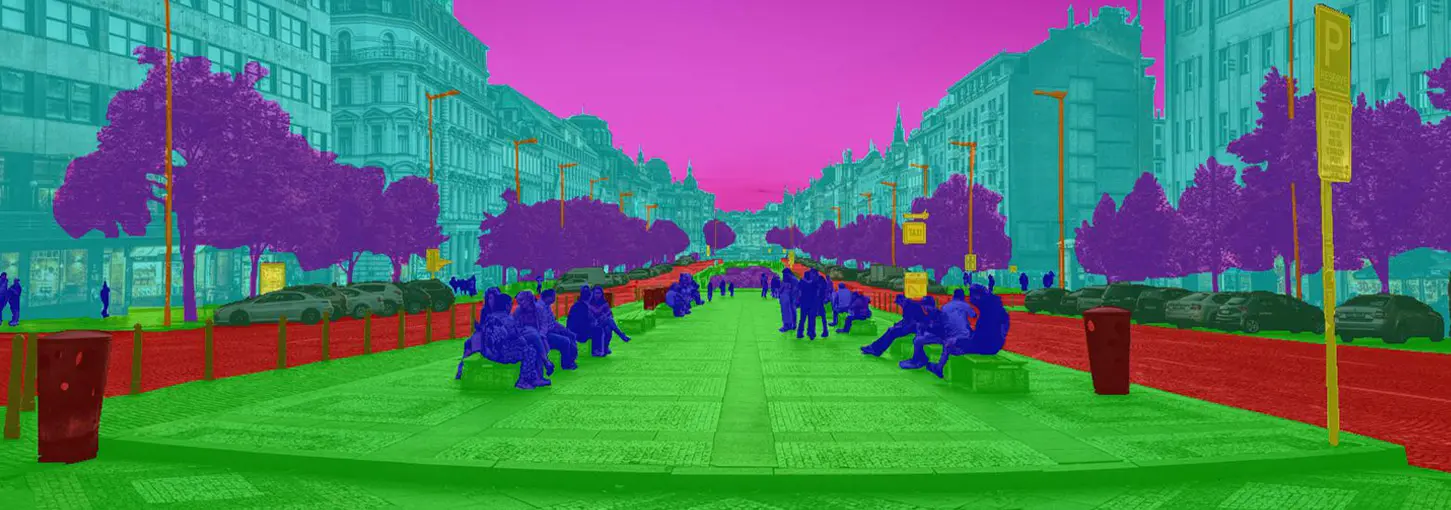
Semantic Segmentation Services
Unlock Image and Video Data Insights through Precise Pixel-Level Analysis with Semantic Segmentation Services
What is Semantic Segmentation?
Semantic segmentation is a computer vision technique that involves dividing an image or video into different segments and assigning a label to each segment. The labels represent the objects or parts of objects present in the image or video, providing a detailed understanding of the scene. At NextWealth, we offer comprehensive semantic segmentation services, ensuring precise object classification and enhanced AI model performance. With expertise in both 2D semantic segmentation and 3D semantic segmentation, our annotation experts deliver high-quality labeled datasets for AI applications.

Our Semantic Segmentation Services
We offer a range of semantic segmentation services to help organizations unlock the full potential of image and video analytics.
Image Segmentation
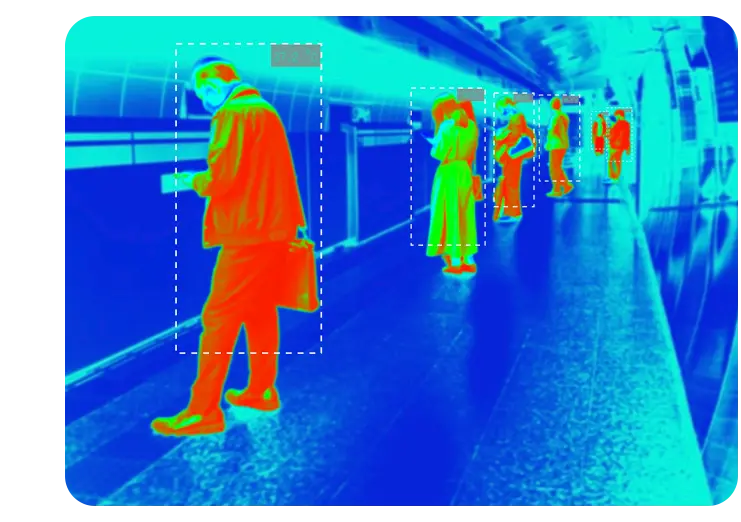
Video Segmentation

Object Detection and Tracking
Image and Video Annotation

How Does Semantic Segmentation Differ from Object Detection?
Semantic segmentation and object detection are two related but distinct computer vision techniques.
- Semantic segmentation involves dividing an image into multiple segments and assigning a label or category to each pixel. The goal of semantic segmentation deep learning is to achieve pixel-level accuracy for AI models.
- Object detection, on the other hand, focuses on identifying and localizing objects within an image, helping AI models recognize specific elements while providing their location and size.
By combining semantic segmentation object detection techniques, AI models can gain a deeper understanding of complex scenes, improving self-driving cars, healthcare imaging, and industrial automation systems.
Want to optimize AI models with precise image segmentation self-driving car solutions?
Real-World Applications of Semantic Segmentation
Our semantic segmentation technology is widely used across industries such as autonomous vehicles, medical imaging analysis, precision agriculture, and smart retail solutions. By leveraging 2D semantic segmentation and 3D semantic segmentation techniques, we enhance AI-driven decision-making.
Healthcare

We offer advanced semantic segmentation deep learning solutions to accurately identify and categorize medical objects, such as bones, organs, and tumors in X-rays, CT scans, and MRI images. With expert-driven semantic segmentation annotation, we help improve diagnostics and treatment accuracy.
Retail

Our semantic segmentation deep learning techniques provide valuable insights into consumer behavior by analyzing images and videos of products and customer interactions. By integrating AI-powered semantic segmentation services, businesses can refine marketing strategies and enhance customer experience.
Transportation & Self-Driving Cars
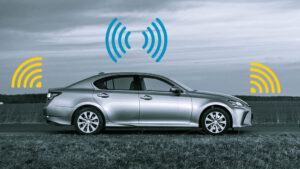
We offer advanced semantic segmentation technology to analyze real-world road conditions for self-driving vehicles. Our image segmentation self-driving car services help autonomous systems detect lanes, traffic signals, pedestrians, and road obstructions with pixel-level accuracy.
Agriculture
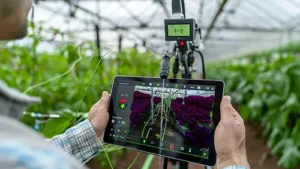
Our 3D semantic segmentation services utilize drone-captured images and videos to provide a detailed understanding of crops and fields. With precise polygon annotation and semantic segmentation annotation, we help streamline AI-powered crop monitoring and yield optimization.
Ready to start your Semantic Segmentation project?
Talk To Our ExpertSuccessful client stories and case studies
Deep dive into our journey of partnering with the global business giants.



Why partner with us
Our services are tailored to elevate the efficiency of your AI/ML processes
Managed Services l Captive Services l Staffing Services
5,000+
Skilled
Employees
1B+
Data
Transactions
40+
Live Projects
10+
Fortune 500
Clients
73
NPS Score
Testified and trusted by
the best in the world of business
I am really happy at all the great things we have been able to achieve in the past 1 year. The relationship now has a solid foundation, and I am sure NextWealth will continue to be a formidable partner going ahead, bringing a delightful experience for our customers.
NextWealth has been an invaluable partner to us, significantly accelerating our growth by handling critical data operations and providing strategic insights.
NextWealth’s hard work and dedication are truly making a difference, streamlining our processes significantly. We really appreciate it!
My experience with NextWealth has been wonderful. The diligent team consistently delivers on time with a focus on quality. Their innovation-driven mindset fosters a win-win situation for both teams.
I am happy with the improvement in the performance. I have seen positive improvement, and we have a long way to go.
NextWealth’s in-depth analysis helped us pinpoint exactly what needs to be done to address the issues.
With excellence in Quality, Cost, and TAT—key pillars of any operation—NextWealth sets a benchmark for operational efficiency and beyond.
We have experienced significant growth—a success we could not have achieved without the expert support, hard work, and commitment of NextWealth.
Explore Resources
Know how we are accelerating business growth by enabling effectiveness in AI/ML
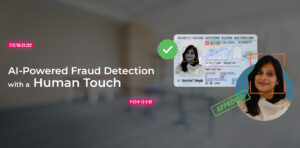
The Role of Artificial Intelligence and Human-in-the-Loop in Fraud Detection
1 min read
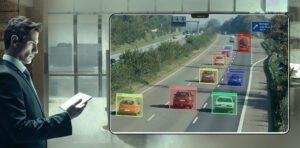
The Importance of Human-in-the-Loop (HITL) Annotation in AI Training
1 min read
Latest Update
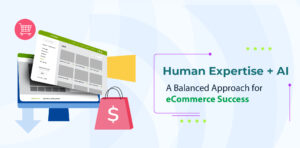
AI and Human Expertise in Catalog Management: A Balanced Approach for eCommerce Success
1 min read
FAQs
Why do we need semantic segmentation for autonomous driving, while recognition/detection is enough?
Semantic segmentation goes beyond recognition and detection by providing a detailed and nuanced understanding of the objects in an image or video. It not only identifies the presence of an object but also categorizes every pixel in the image into its respective object class, thereby providing a complete and dense map of the environment.
In autonomous driving, this level of detail is crucial for making informed decisions, such as determining the best path to take based on the layout of the road and objects surrounding the vehicle, or accurately detecting and classifying objects in the scene to avoid collisions. Recognition and detection alone may not provide enough information to make these decisions, especially in complex and dynamic environments.
Therefore, semantic segmentation is an essential component in the development of autonomous vehicles, as it enables the vehicle to have a deeper understanding of its surroundings and make informed decisions.
What is semantic segmentation in machine learning?
Semantic segmentation is a computer vision technique in machine learning that involves dividing an image into multiple segments, each of which is then assigned a semantic label that describes the category of the objects present in that region. It is a form of deep learning that uses algorithms to analyze and categorize the pixels in an image. Semantic segmentation deep learning allows for a pixel-level analysis of the image data, providing a more in-depth and detailed understanding of the objects and things present in an image or video. This information can then be used to solve various computer vision problems, such as object recognition and categorization, image classification, and scene understanding.
What is the role of semantic segmentation in AI-powered deep learning models?
Semantic segmentation enables AI-powered deep learning models to classify and segment objects at a pixel level, providing a detailed understanding of an image or video. This technique improves object detection, scene recognition, and spatial awareness, enhancing AI performance in applications such as medical imaging, autonomous driving, and industrial automation. By leveraging high-precision segmentation, deep learning models achieve superior accuracy in complex visual analysis tasks.
What is the importance of semantic segmentation in self-driving car technology?
Semantic segmentation is critical for self-driving cars as it allows AI to interpret road environments by accurately distinguishing lanes, vehicles, pedestrians, and obstacles. By segmenting each element in a scene, autonomous vehicles gain a comprehensive understanding of traffic conditions, enabling real-time decision-making. This ensures precise navigation, enhances safety, and optimizes route planning in dynamic driving scenarios.
How can businesses leverage semantic segmentation services for AI automation?
Businesses can use semantic segmentation services to automate AI-driven processes such as quality inspection, retail analytics, and surveillance monitoring. By providing AI with detailed object segmentation, models can perform accurate defect detection, customer behavior analysis, and security threat identification. High-quality segmentation enables seamless automation, improving operational efficiency and decision-making across industries.
Why Choose NextWealth?

Quality Assurance

Scalability

Data Security

